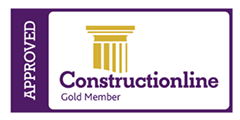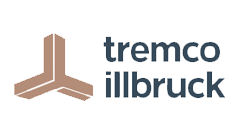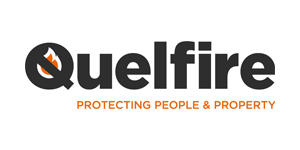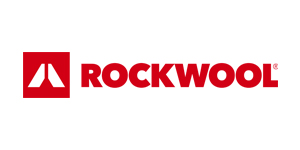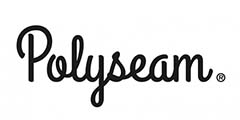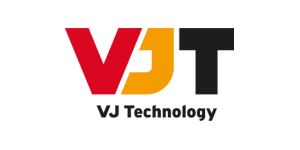Steel Protection
We provide structural fire protection for steel. Steel is not indestructible. It can melt at approximately 2,500 degrees Fahrenheit, and hydrocarbon and average building fires can burn at about 2,000 degrees Fahrenheit. Although it won’t necessarily melt, steel can become deformed and lose its strength when exposed to extremely high temperatures.
Fireproofing steel helps maintain a building’s shape in the event of a fire. This way, more people are able to escape unscathed. Fireproof steel columns are used in everything from parking garages and shopping centers to hospitals and cafeterias.
Structural steel columns are available in standard and custom shapes and sizes to accommodate whatever specifications your job requires. Most projects are not suited to the selection of just one type of material. We therefore offer suggestions for the most technically suitable and cost effective solution to achieve the required fire rating of a steel frame. This often involves use of multiple materials in selected areas, dependent upon fire rating, aesthetic requirements, environmental conditions, or abrasion resistance.
We can protect steel with intumescent coatings.

Concrete Protection
Concrete was by far the most common fire protection material used for structural steelwork up until the late 1970s. Nevertheless, proprietary lightweight systems like boards, sprays, and thin-film intumescent coatings have led to a dramatic reduction in its use. In spite of this, concrete encasement has its place and has a small share of the fire protection market, with other traditional methods such as blockwork encasement also employed occasionally. Concrete’s main advantage is its durability. These materials are typically used in situations where they must withstand impacts, abrasion, and weather, such as warehouses, underground car parks, and external structures. Cementitious spray systems are a range of spray products for structure steel protection and upgrade the fire performance of concrete structural elements. Cementitious sprays are an efficient and extremely fast method of providing up to 4 hours of fire protection to structural steelwork. This coating consists of cement or gypsum, which, when wet, forms a durable surface with high fire resistance. Cementitious sprays are applied in multiple layers in order to protect the underlying material.
Intumesent Coating
Intumescent materials are a core component of structural and passive fire protection and can be categorised as substances that swell when exposed to heat. This reaction is used to great effect in order to seal penetrations in otherwise fire resistant walls, floors and ceilings.
The expansion of intumescent materials in the event of a fire ensures that smoke and flames are contained, and helps maintain the compartmentalisation of a building.
Water pipes, electrical sockets, cable trunks and lighting units all create openings in a building’s walls, floor or ceiling, which compromise the fire resistance of the room. A primary function of intumescent products is to seal the gaps these penetrations create should the worst happen and a fire break out.
Fire-rated products are designed to comply with this criteria, which means they are certified to resist fire for a specified period of time, which can range from 30 minutes to 4 hours.
Plastic pipes passing through a wall could be crushed by an intumescent material with high expansion pressure. This type of intumescent material is commonly used in products such as pipe collars. In products such as fire pillows, materials with low expansion pressure are better suited to filling in larger gaps.
Timber Substrates
At T&R, we offer a range of fire-resistant coatings that can be applied over new and existing timber substrates, providing up to 30 or 60 minutes fire protection, meeting both UK and European Fire Standards
Structural Fire Protection
We provide structural fire protection services. Structural fire protection refers to fire protection methods incorporated into a building’s design and construction. It helps to ensure that the building’s structural integrity is maintained and protected for as long as possible should a fire materialise. The protection of structural steelwork is vital. A fire-resistant frame allows for more time for evacuation and reduces the damage to a building.
Choosing the right structural fire protection helps you avoid risks, meet statutory requirements, and take important precautions for your employees, buildings, and installations. Safety is our top priority, and our fire protection services prevent the rapid spread of smoke and fire.










